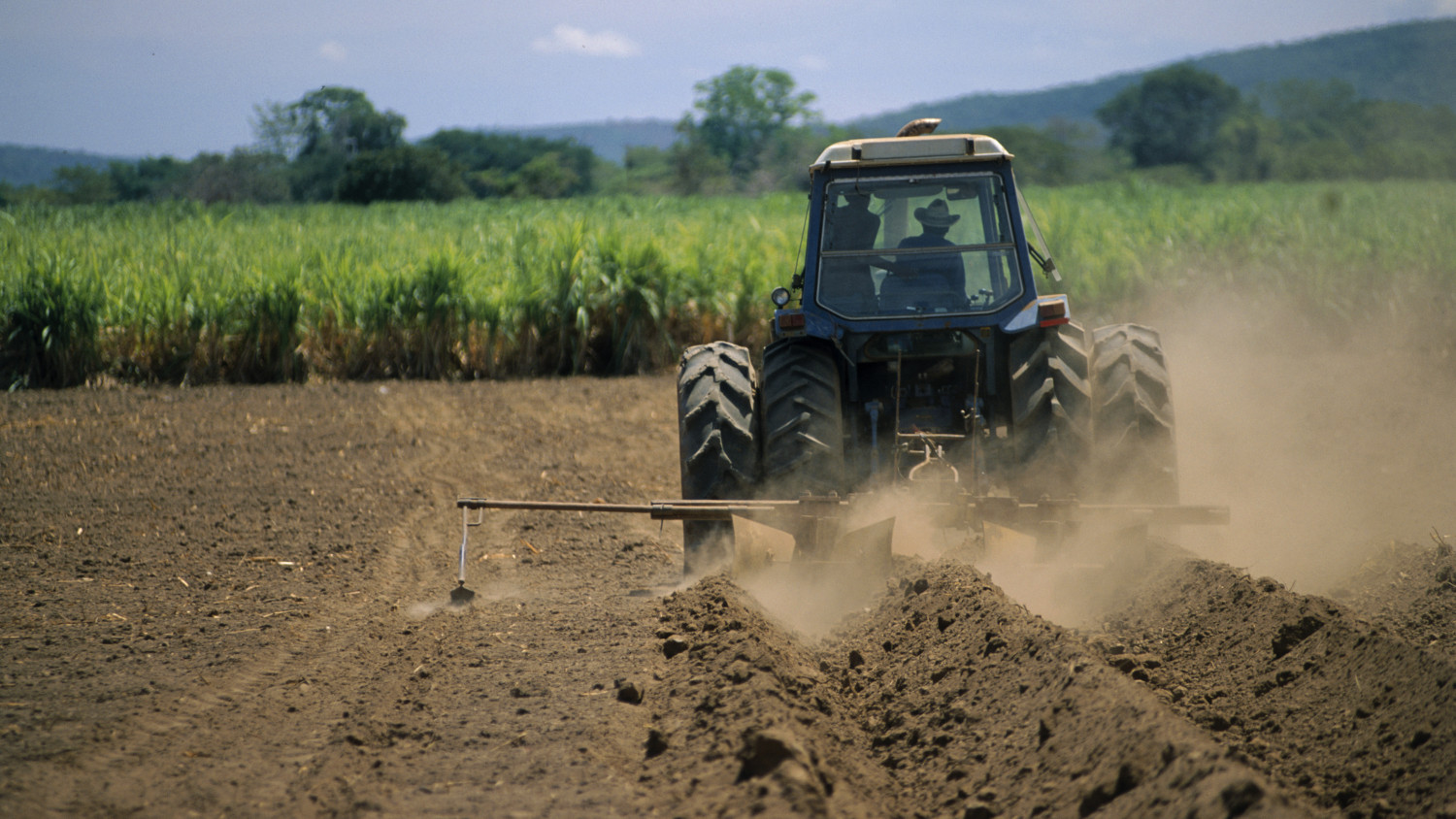
Since the fall of communism, Central and Eastern Europe (CEE) has seen profound changes in its agricultural sector. While many small and medium-sized farms have struggled to survive in the competitive, market-driven economy, large corporate farms have displayed remarkable resilience. In a recent study, we explore the key factors that have enabled these corporate farms to not only survive but thrive in this challenging environment.
How the Agricultural Landscape Has Shifted
The transition from centrally planned economies to market economies in the 1990s reshaped agriculture in CEE countries. Land reforms, privatization, and the collapse of state-run collective farms led to the rapid decline of small-scale farming operations. In contrast, large corporate farms—often the successors of former state collectives—managed to stay afloat and even strengthen their position.
The survival of these farms raises important questions: What enables these large-scale operations to succeed where smaller farms have struggled? Is their survival driven by size alone, or are there deeper economic, structural, and policy factors at play?
 Key Factors Behind Corporate Farm Survival
Key Factors Behind Corporate Farm Survival
Our study examines corporate farms across 17 CEE countries between 2007 and 2019, uncovering several key factors that contribute to their resilience:
Legal Structure: Corporate farms organized as joint-stock companies are more likely to survive than those with cooperative or limited liability structures. Joint-stock companies benefit from stronger governance, easier access to capital, and more rigorous management practices, all of which contribute to their long-term viability.
Ownership Structure: Farms with concentrated ownership—where a few shareholders hold a large stake—tend to have better survival rates. Concentrated ownership likely leads to stronger oversight and more efficient management, as major shareholders have a vested interest in the farm’s success.
Financial Performance: Financial health is crucial. Farms with higher profitability, better labor productivity, and strong solvency are better equipped to weather economic downturns and market fluctuations. Access to capital and the ability to invest in new technologies also play a significant role in ensuring long-term stability.
Farm Size and Age: Larger farms, while initially more vulnerable to market risks, tend to become more resilient over time. Similarly, younger farms are more prone to failure in their early years but gain stability as they grow and adapt. This reflects the complex relationship between farm scale and resilience.
Country-Level Factors: National conditions such as agricultural land availability and trade openness also play a role. In countries with abundant land and more liberal trade policies, corporate farms tend to perform better, suggesting that policy environments and resource endowments are critical to their success.
Policy Implications for Agriculture in CEE
The survival of corporate farms has major implications for agricultural policy in CEE countries. These farms are now key players in the region’s food production systems and contribute significantly to food security. Understanding the factors behind their resilience can help policymakers design better support mechanisms for farms of all sizes.
One takeaway is the importance of legal and ownership structures. Joint-stock companies and farms with concentrated ownership may be better equipped to navigate modern agricultural markets, suggesting that policies promoting good governance could strengthen the sector.
Another key finding is the importance of financial support. Ensuring that farms have access to credit and resources to invest in new technologies can improve their competitiveness and long-term survival. Financial health is a critical determinant of farm success.
Looking Ahead: Corporate Farming’s Future in CEE
As CEE countries continue to integrate into global markets, corporate farms are likely to remain a central force in the region’s agricultural landscape. However, their ongoing success will depend on a combination of internal factors—such as ownership structures and financial health—and external influences, including policy frameworks and market conditions.
Our study provides a roadmap for understanding how large corporate farms have managed to survive and thrive in CEE. As agriculture in the region evolves, the lessons learned from these corporate farms could help inform policies that support other types of farms and contribute to a more resilient agricultural future.
Reference:
Fertő, I., Bojnec, Š., Iwasaki, I., & Shida, Y. (2024). Why do corporate farms survive in Central and Eastern Europe? Agricultural Systems, 218, 103965. https://doi.org/10.1016/j.agsy.2024.103965

